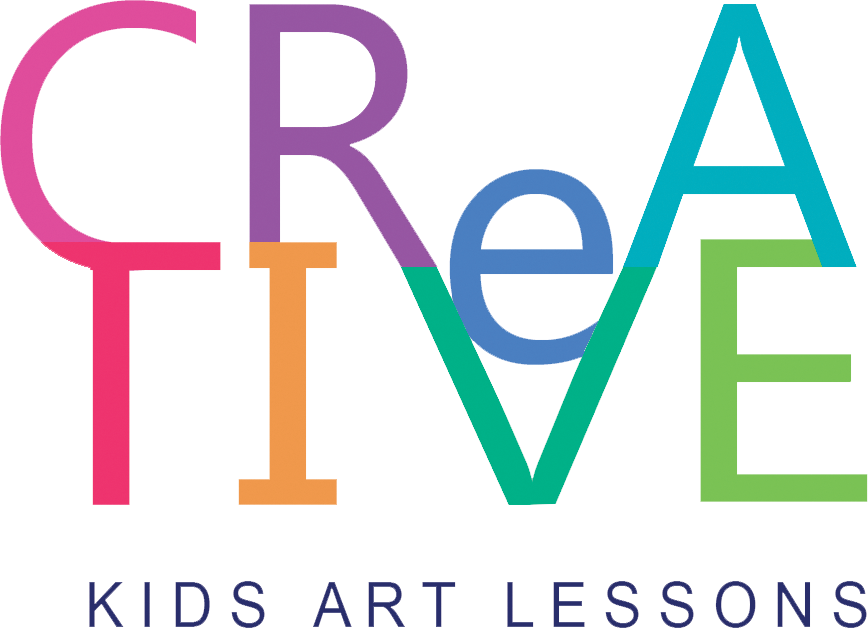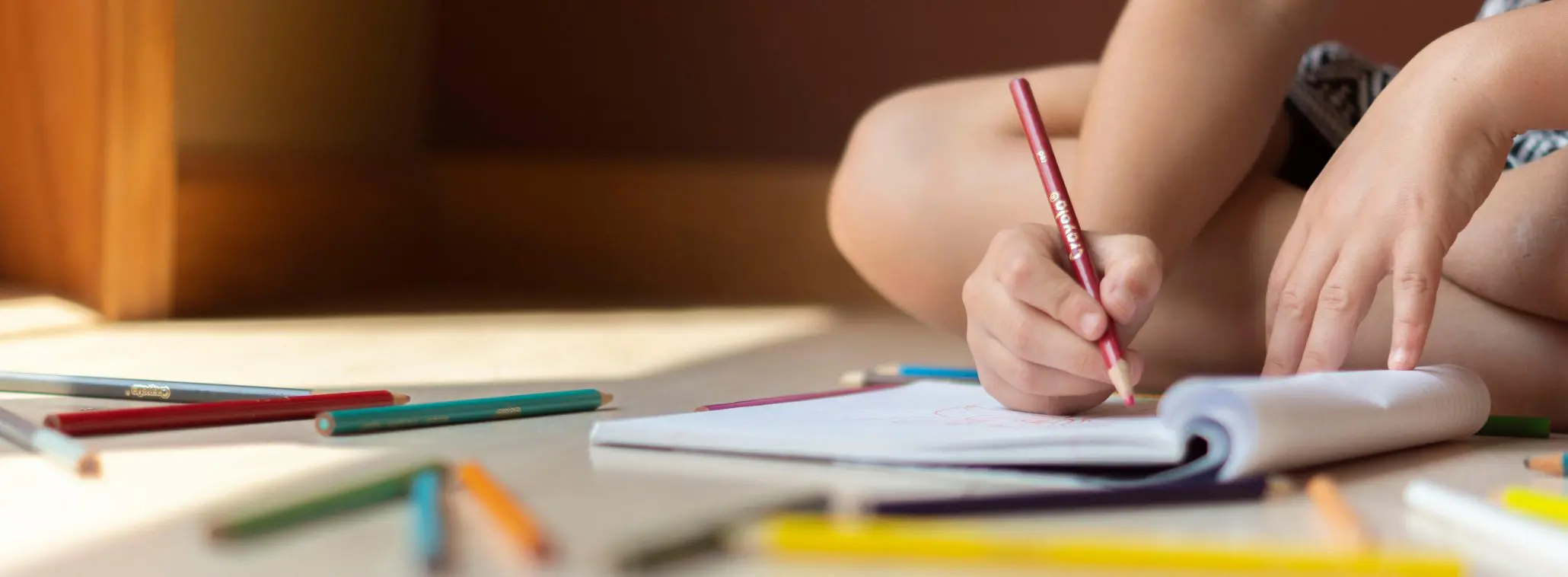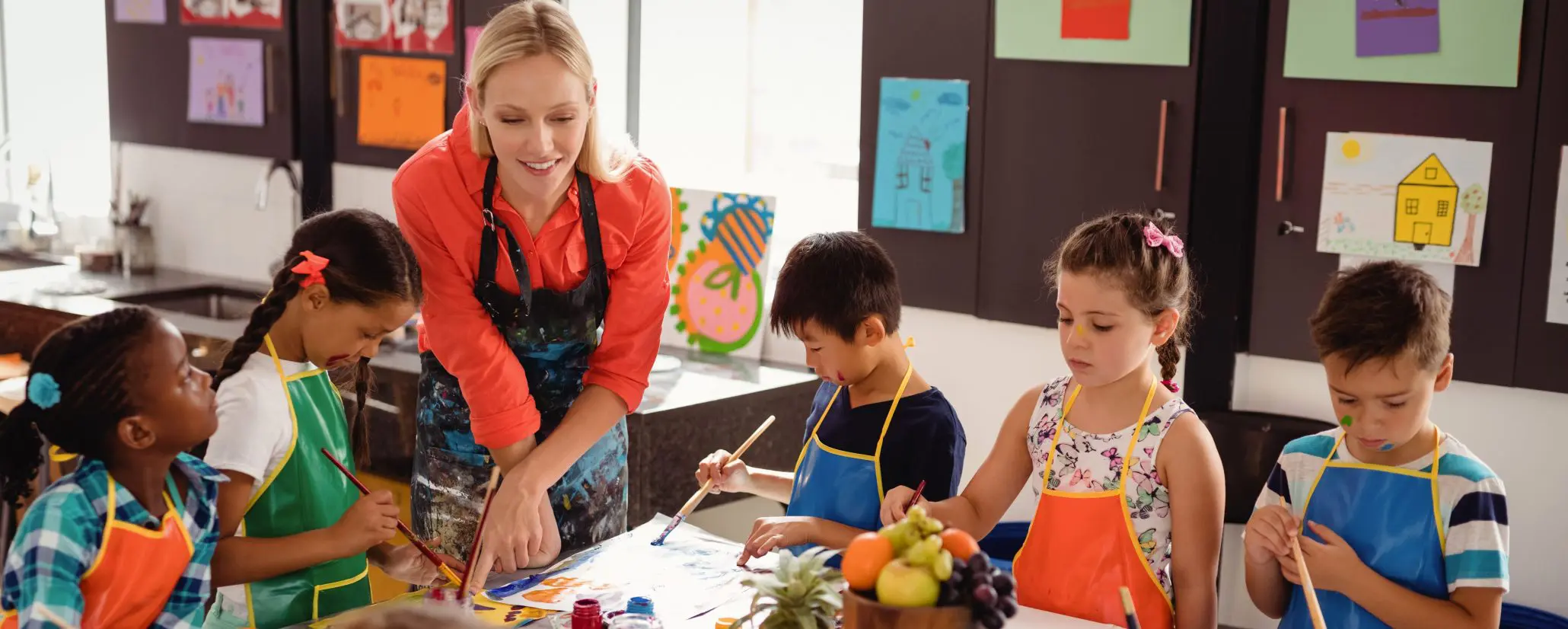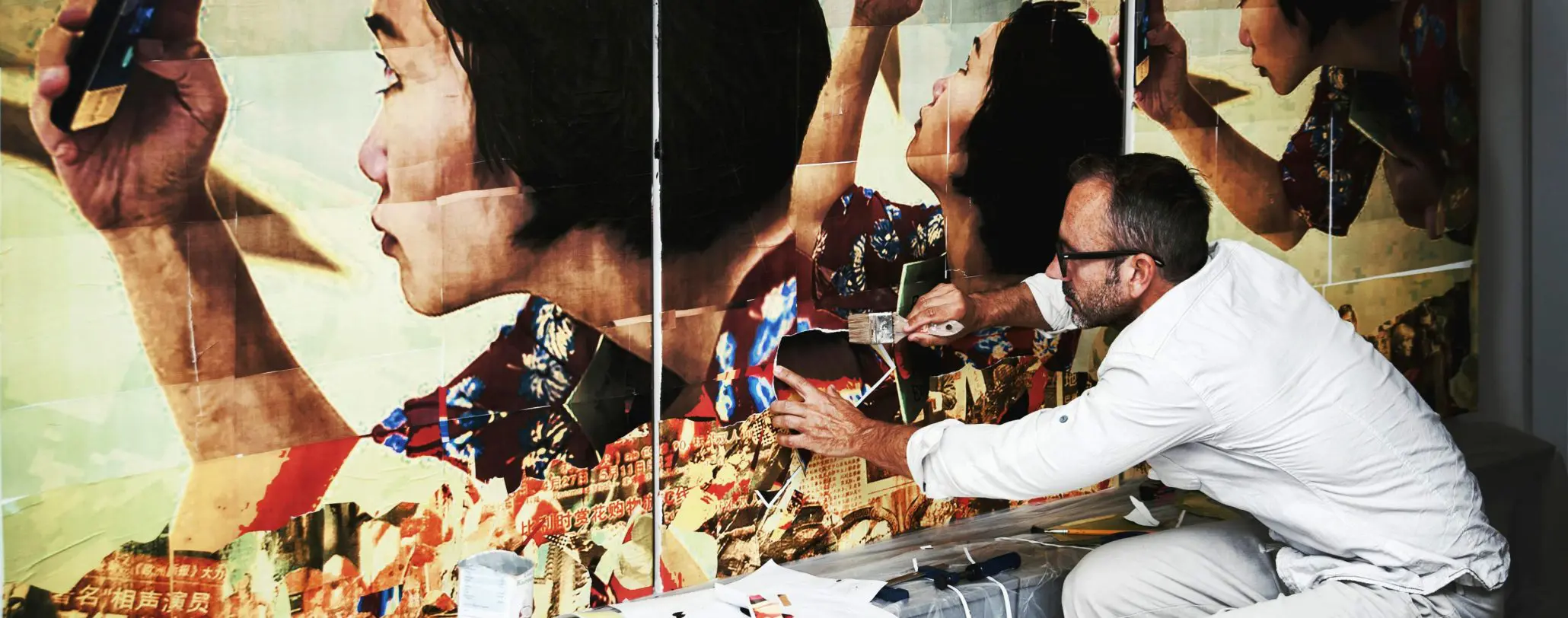Why Drawing Is the Foundation of All Art and Essential for K to 6 Students
Drawing is where every artist begins. It’s the visual language through which we learn to see, think, and express ourselves. For children in the primary and elementary years, drawing is far more than just making marks on paper. Drawing is a vital part of how children understand the world and communicate their ideas.
From their very first scribbles, young learners are exploring shape, line, pattern, and space. These basic elements form the building blocks of all visual art. Whether students go on to paint, sculpt, or design digitally the benefits are still there. The ability to observe, plan, and represent through drawing remains at the heart of the creative process. Drawing teaches students not just how to create art, but how to see. They will notice the way light falls on objects, how lines define form, and how colour and texture work together to create mood.
Projects in our drawing unit for Kinder to Year 6
Drawing in the Early Years and Wellbeing
In the early years, drawing also plays a powerful developmental role. It refines fine motor skills and hand-eye coordination. These are essential for writing and everyday tasks. As students move through the primary grades, drawing challenges them to think critically, make choices, and problem solve creatively, all key skills for lifelong learning.
In terms of wellbeing, drawing provides a safe outlet to express feelings and emotions. Children can communicate their feelings and ideas visually, often revealing insights that words can’t capture. This helps build confidence and a sense of identity as they see their ideas take shape in tangible form.
Cross-curricular Benefits
Drawing connects across the curriculum. It enhances observation in science, supports spatial reasoning in mathematics, and strengthens storytelling in literacy. A simple drawing activity can spark curiosity, deepen understanding, and make learning more meaningful.
For teachers, encouraging drawing means nurturing both skill and imagination. It’s about creating space for students to explore line, shape, and colour, while celebrating each child’s unique perspective. Whether sketching from life, experimenting with abstract ideas, or illustrating stories, drawing gives students a foundation they can build on in every area of art and learning.
When children draw, they’re not just practising an art skill, they’re learning to see, think, and express in ways that last a lifetime.
Interested in more drawing projects?
Try out some of these for K-6:
Lion Fish or Blue-Ringed Octopus in Deadly and Dangerous
Peacock Glue Drawing Paisley or the Giant Squirrel in India
Eye Drawing in More About Me
Continuous Line and Picasso Portraits in All About Me
Panda or Ming Vase, Snow Leopard or Snub-Nosed Monkey Drawing In China
Hand Drawing in All About Me
Penguin Drawing in Tundra
Lots of drawing ideas in Relief/Sub Lesson Plans 1
Cake, Sundae or Donut Drawing in Wayne Thiebaud
Lion Pencil or Cheetah Drawing in African Animals
Zebra finch Drawing in Birds
Grid Drawing in Farm Animals
Citrus, strawberry and watermelon drawing in Fruit and Vegetables
Tulip Drawing or Degas’ Ballerina in Impressionists
Silberzweig Owl in Owls
Sloth, Blue Footed Booby or Tortoise in Ecuador and Peru
Ernst Haeckel drawing in Aquatic
Dr Seuss Drawing in Architecture
Gareth Lucas Tiger in Illustrators
Drawing Projects in Australian Aboriginal Art 1 and Aboriginal Art 2
Friday Kahlo or Sugar Skull Scratch art in Mexico
Butterfly wing in Bugs and Beetles
Van Gogh Still Life in Post Impressionists
Hundertwasser or Ton Schulten projects in Landscapes
Murakami Happy Daisy in Contemporary Artists
The Cartoon and Anime unit has lots of drawing projects
and there are many, many more…
Latest Articles
Popular kids art lessons for teachers and ideas for the artroom
Painting in primary school plays a vital role in children’s ...
Why Drawing Is the Foundation of All Art and Essential ...
Inspiring Young Minds: Exploring Contemporary Artists in the K–6 Art ...





